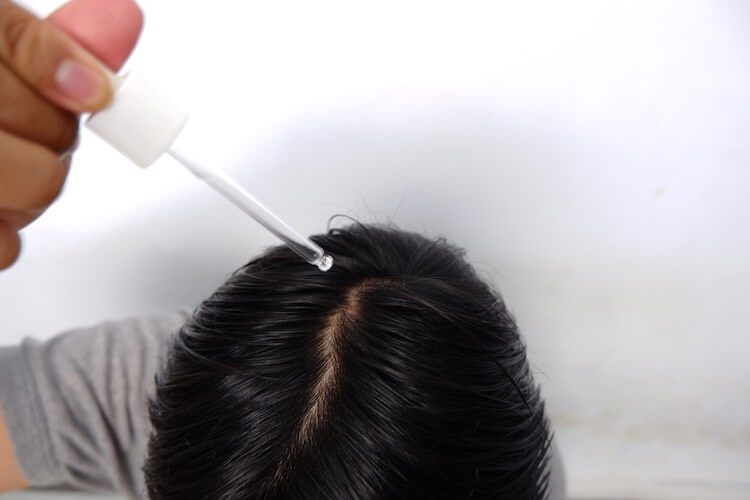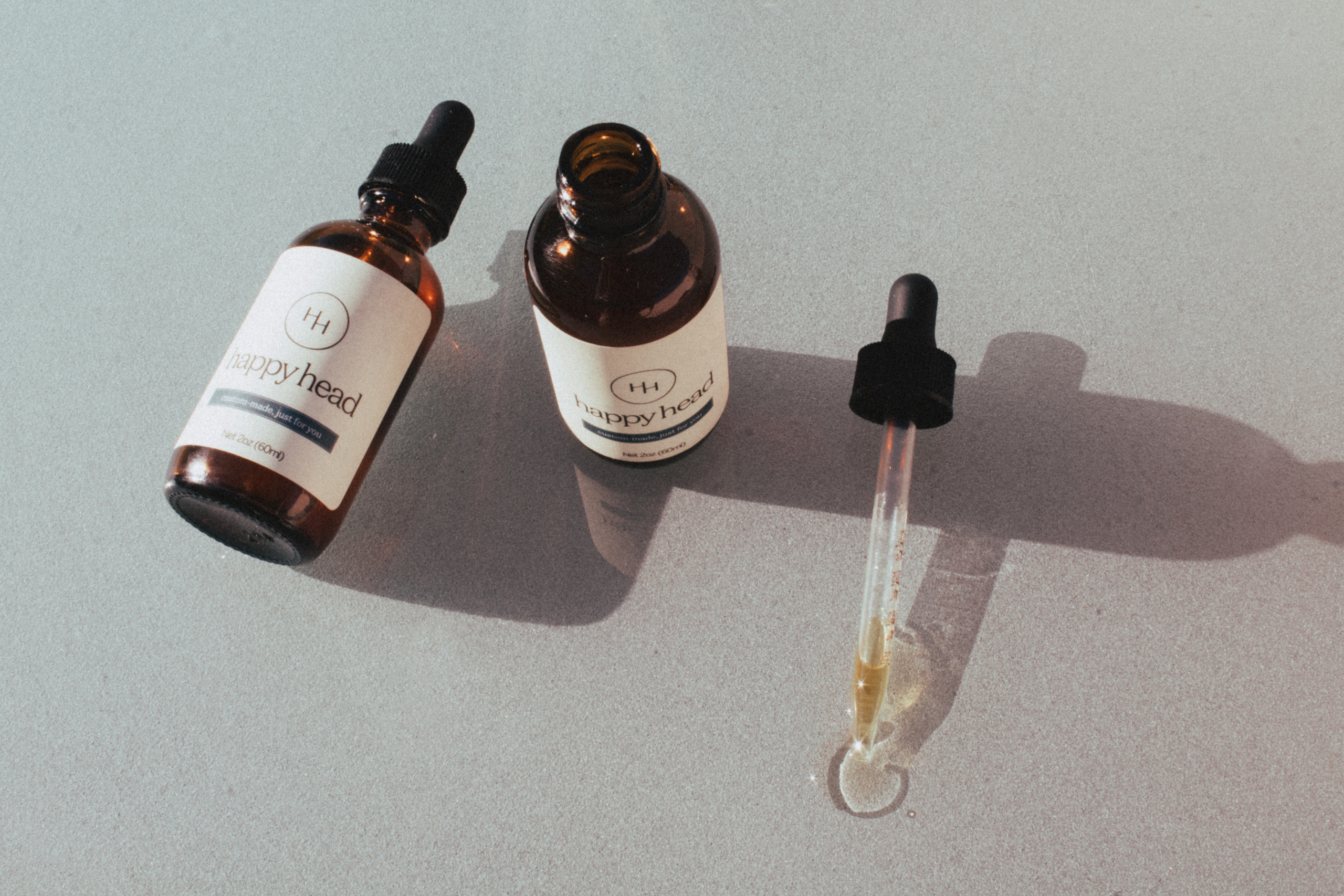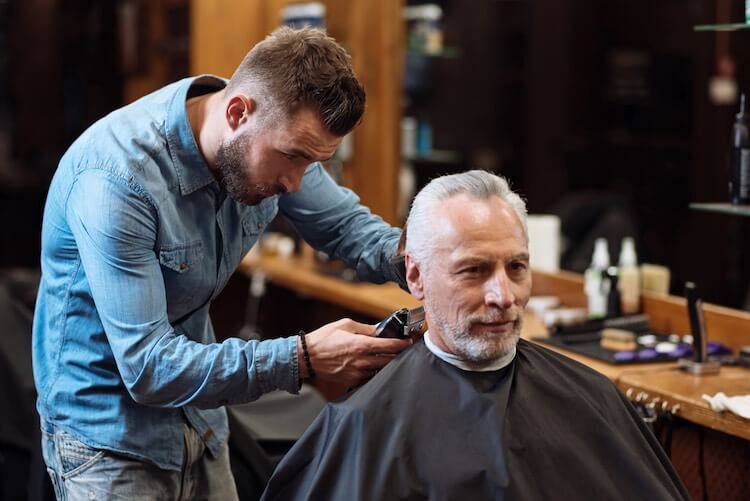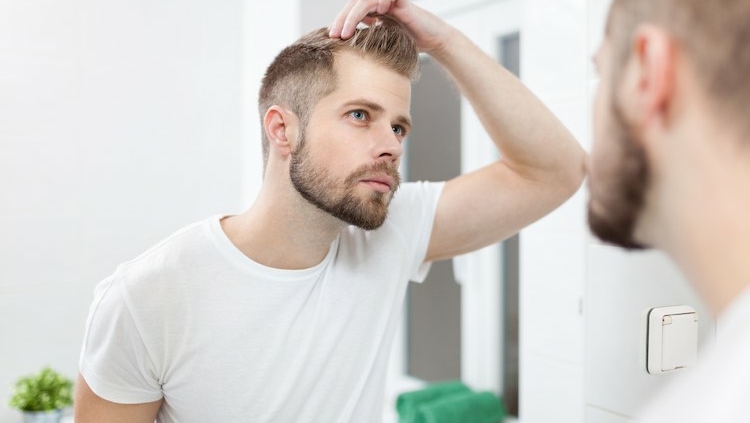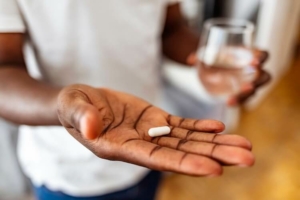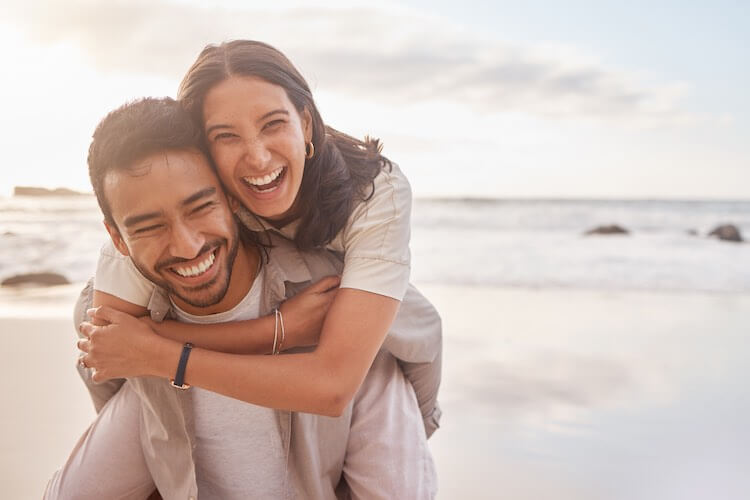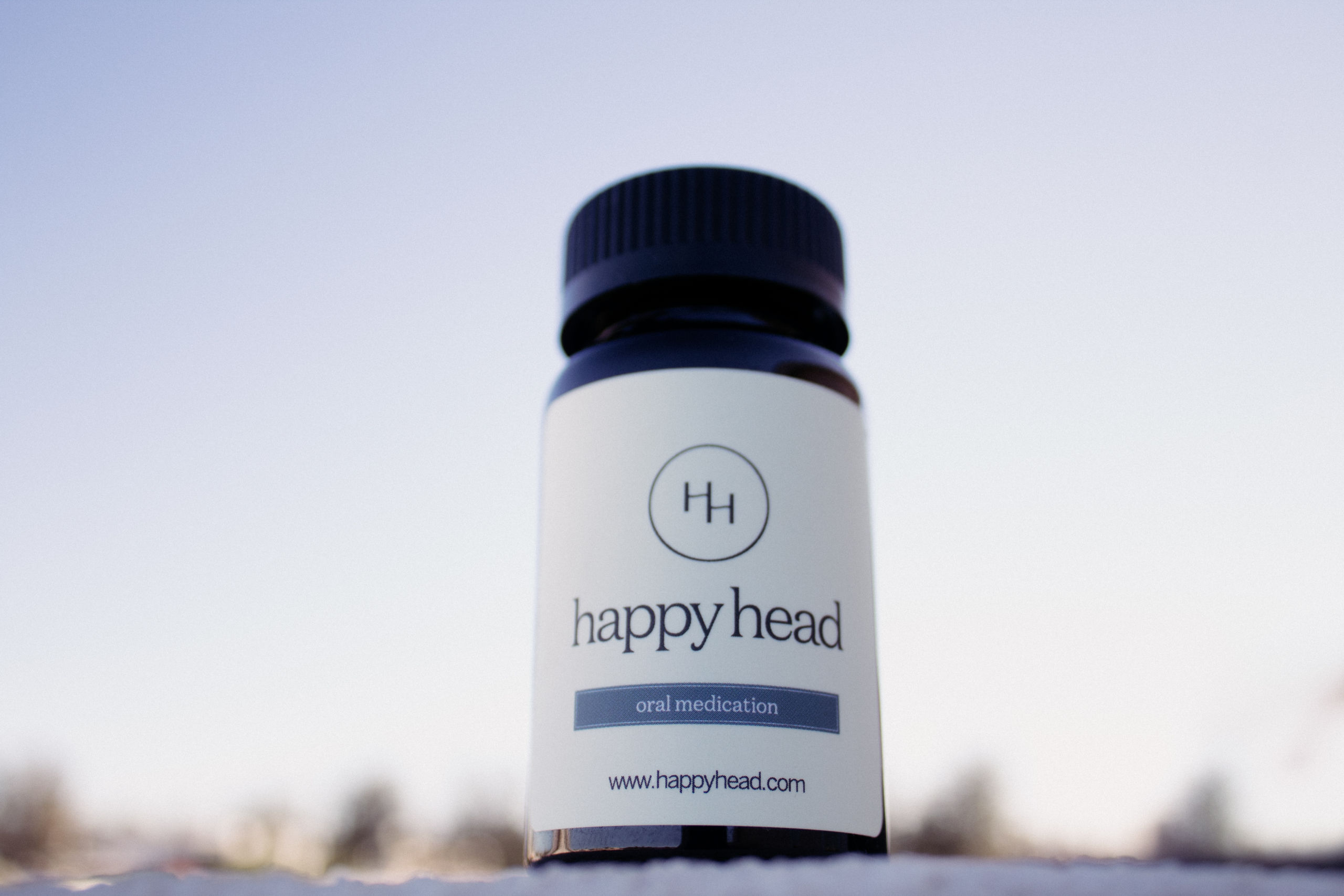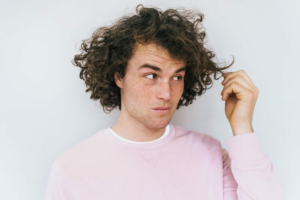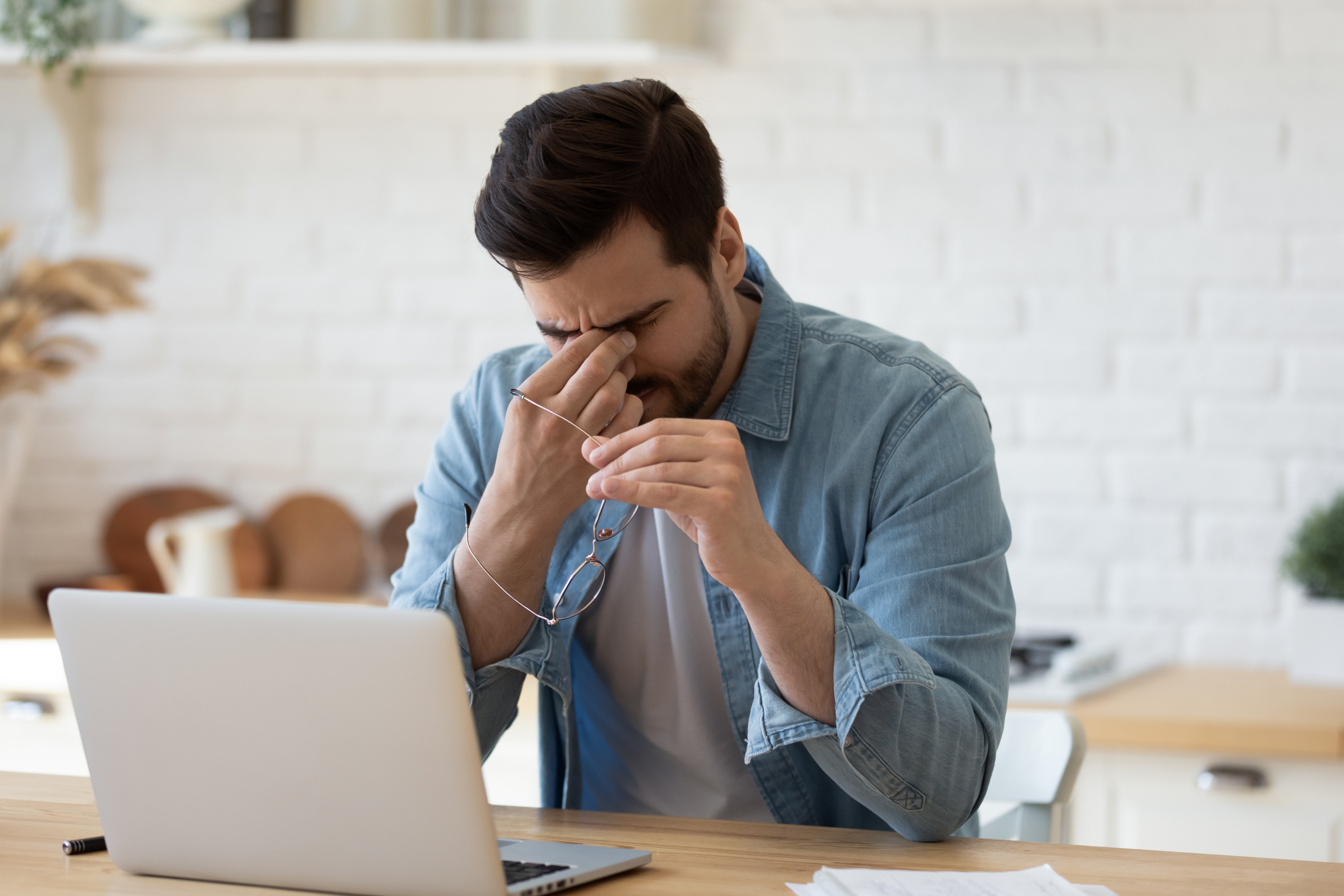5 Reasons Why You Want a Dermatologist to Treat Your Hair Loss
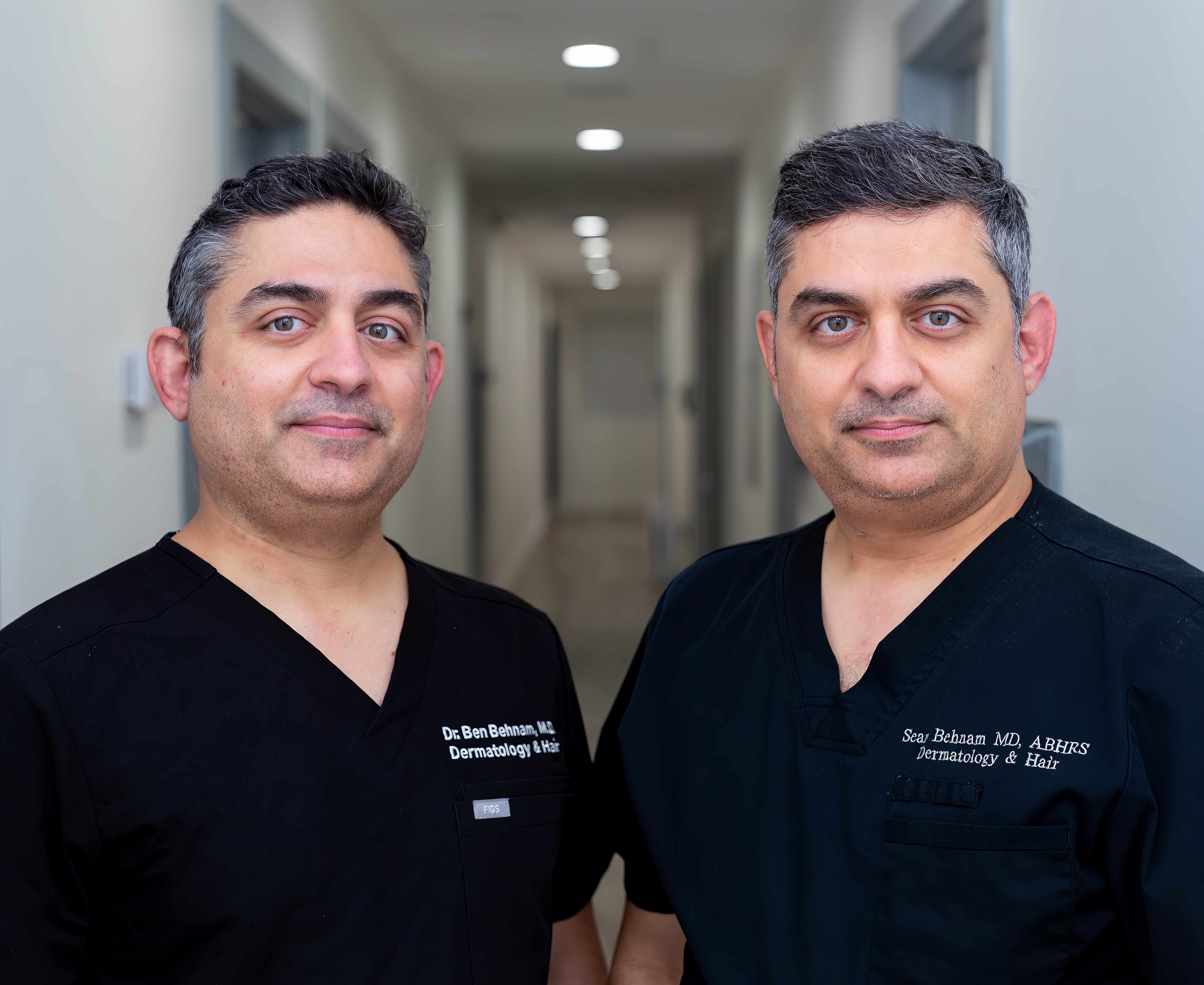
You used to have a ton of hair, but now you can see your scalp. You’ve noticed. Your partner is politely pretending not to notice. Your barber is running out of ways to conceal the bald spots and make the thinning areas look thicker. Arg. What to do? First, stop Googling and wasting money on one-size-fits-all hair loss remedies that don’t work. Then, it’s time to consult with a board-certified dermatologist. Dermatologists not only treat skin conditions, but they are also trained to address your hair and nails. Here are five reasons why you want a dermatologist to treat your hair loss.
1. Dermatologists are Hair Loss Experts
News flash. Dermatologists don’t just deal with acne, warts, and eczema. After four years of earning a bachelor’s degree, they continue with four years of med school, one year interning, and at least three years as a resident. They learn a few things about skin, hair, and nails during that time. When they’ve completed their education and training, they are eligible to become board-certified by the American Board of Dermatology. Like any other medical specialty, some dermatologists are more interested in particular study areas than others. So, some dermatologists have more experience dealing with hair issues than others. These are the docs you want by your side.
2. They Are Skilled at Diagnosing Types of Alopecia
It would be nice if there was only one type of alopecia, and it was a snap to diagnose it. That’s not exactly how it works, though. Sure, the most common type of hair loss is androgenetic alopecia, male and female pattern baldness. It’s an inherited form of hair loss that occurs when a person’s testosterone converts to dihydrotestosterone (DHT) and attaches to the hair follicles. Once that happens, mayhem ensues. The hair follicles shrink, hair thins, and hair begins to shed. If the condition isn’t reversed, the hair follicles can eventually close off, preventing new growth altogether. Dermatologists are trained to diagnose male and female pattern hair loss with a visual exam. As the name suggests, when people experience male or female pattern hair loss, the balding or thinning occurs in predictable patterns.
Diagnosing other types of alopecia may require further testing, While each kind of alopecia has recognizable traits, a closer look with a dermatoscope or a pathologist’s report is more conclusive. Blood tests may also be needed to determine if a thyroid imbalance or other medical condition is causing the hair loss.
3. You Need Timely, Accurate Information
If your hair is balding or thinning, it’s not a good idea to take a wait-and-see approach. Unless you have telogen effluvium, it’s not likely that your hair will magically grow back without intervention. Treatment for androgenetic and other alopecia types, is designed to stop shedding and stimulate regrowth. The process is time sensitive because the hair follicles must remain open for growth. Once the hair follicles close, the window of opportunity for regrowth also closes. Having a dermatologist prescribe the proper medications from the start will give you the best chance of achieving your desired result.
4. They Can Give You Access to Effective Prescription Hair Loss Medications
If you’ve checked out drugstore shelves or scanned the internet, you know the market is flooded with over-the-counter hair growth remedies. Here’s what you need to know about them. Over-the-counter (OTC) shampoos and conditioning treatments will improve the appearance of your existing hair, but they won’t regrow your hair if you have male or female pattern baldness. Supplements will compensate for any vitamin deficiencies and create a healthy environment for new hair. However, it takes stronger, prescription-grade medication to regrow hair. Those prescriptions are only available through a dermatologist. Some are FDA-approved, and others are prescribed off-label. Here’s an idea of what Happy Head dermatologists often prescribe:
Minoxidil
Minoxidil is clinically proven to revive hair follicles and thicken hair over time. It’s available in both pill and topical solutions. The medication works by increasing blood flow to the hair follicles. The scalp gets more oxygen and nutrients. It also kickstarts the hair growth cycle. It moves hair from the resting phase into a growth phase and extends the stage.
Minoxidil is sold OTC as Rogaine and private store brands. The difference between what you can get with a prescription is the dosage. Stores sell two and five percent. Happy Head and pharmacies sell eight percent topical solutions and 2.25 milligrams oral Minoxidil, which are higher than what’s available OTC.
Research indicates that pairing Minoxidil with DHT blockers such as Finasteride (01), Dutasteride, and Spironolactone (02) improves efficacy. That’s why Happy Head offers combination formulas.
Finasteride
Finasteride is a first-line DHT blocker that has been FDA-approved for men with androgenetic alopecia since 1997. It’s prescribed to women off-label. Research indicates that Finasteride reduces serum DHT levels by 70 percent. Increasing the dose doesn’t result in greater serum reduction. (03) The medication is ideal for people with early recession or thinning.
Dutasteride
Dutasteride is a step-up from Finasteride. It’s also a DHT blocker, but inhibits more enzymes than Finasteride. Finasteride inhibits the Type II 5-alpha reductase enzyme, while Dutasteride inhibits both Type 1 and Type II. Experts estimate that Dutasteride reduces serum DHT levels by approximately 95 percent. (04) Because Dutasteride is a stronger medication than Finasteride, side effects may be more likely when taken orally. Topical formulas have been proven to be equally as effective with lower changes of undesirable side effects. (05)
Spironolactone
Spironolactone is an aldosterone receptor antagonist often prescribed to women under 50. It works like a DHT blocker. The oral medication is typically reserved for women since it can cause feminization side effects such as enlarged breasts in men. Both women and men can use the topical formula.
Latanoprost
Latanoprost is one of the newest prescription hair-loss medications on the market. It was originally marketed as a glaucoma treatment. When doctors discovered the medication caused longer, thicker, darker eyelashes, dermatologists tested and marketed the product for scalp growth.
5. Dermatologists Can Adjust Your Treatment Plan if Necessary
Not every medication works for every person. What works for your brother, cousin, or friend may be different for you. Body chemistry differs from person to person, and no test exists to indicate which medication is best for each individual. Sometimes finding the right medication or mix of medications means starting with a first-line prescription and stepping up dosages or to more powerful formulas as needed. Other times, patients need customized formulas. Dermatologists have the experience necessary to determine when changes need to be made in your treatment plan.
If you’ve noticed that your hair is thinning, now is the time to make an appointment with a board-certified dermatologist and hair specialist. Minoxidil, Finasteride, and Spironolactone are just a few of the treatment options available, and you don’t want to lose valuable time that you could use to regrow your hair. The right doctor will not only help restore your hair; they will help restore your confidence.
Need a referral? Visit Happy Head, your one-stop hair loss shop, without waiting for an appointment. The company is founded and operated by renowned dermatologists Dr. Ben and Dr. Sean Behnam. When you contact us, your health history will be reviewed by a screened and licensed dermatologist. Your dermatologist will work with you to select the right medication based on your condition. We even customize prescriptions. Your order will be shipped to your front door in a discrete package. Need a change? Not a problem. We’re also here to answer any questions you have. Take the questionnaire to get started. It only take a few minutes and there’s no wait, all done online.
Resources:
(01) https://pubmed.ncbi.nlm.nih.gov/32166351/
(02) https://www.ncbi.nlm.nih.gov/pmc/articles/PMC10010138/#:~:text=Three%20studies%20compared%20the%20combination,with%20only%20one%20emerging%20hair%2C
(03) https://www.ncbi.nlm.nih.gov/books/NBK513329/#:~:text=Research%20has%20shown%20that%20finasteride,reduction%20in%20serum%20DHT%20levels.
(04) https://www.ncbi.nlm.nih.gov/pmc/articles/PMC2684818/
(05) https://www.ncbi.nlm.nih.gov/pmc/articles/PMC7706484/



